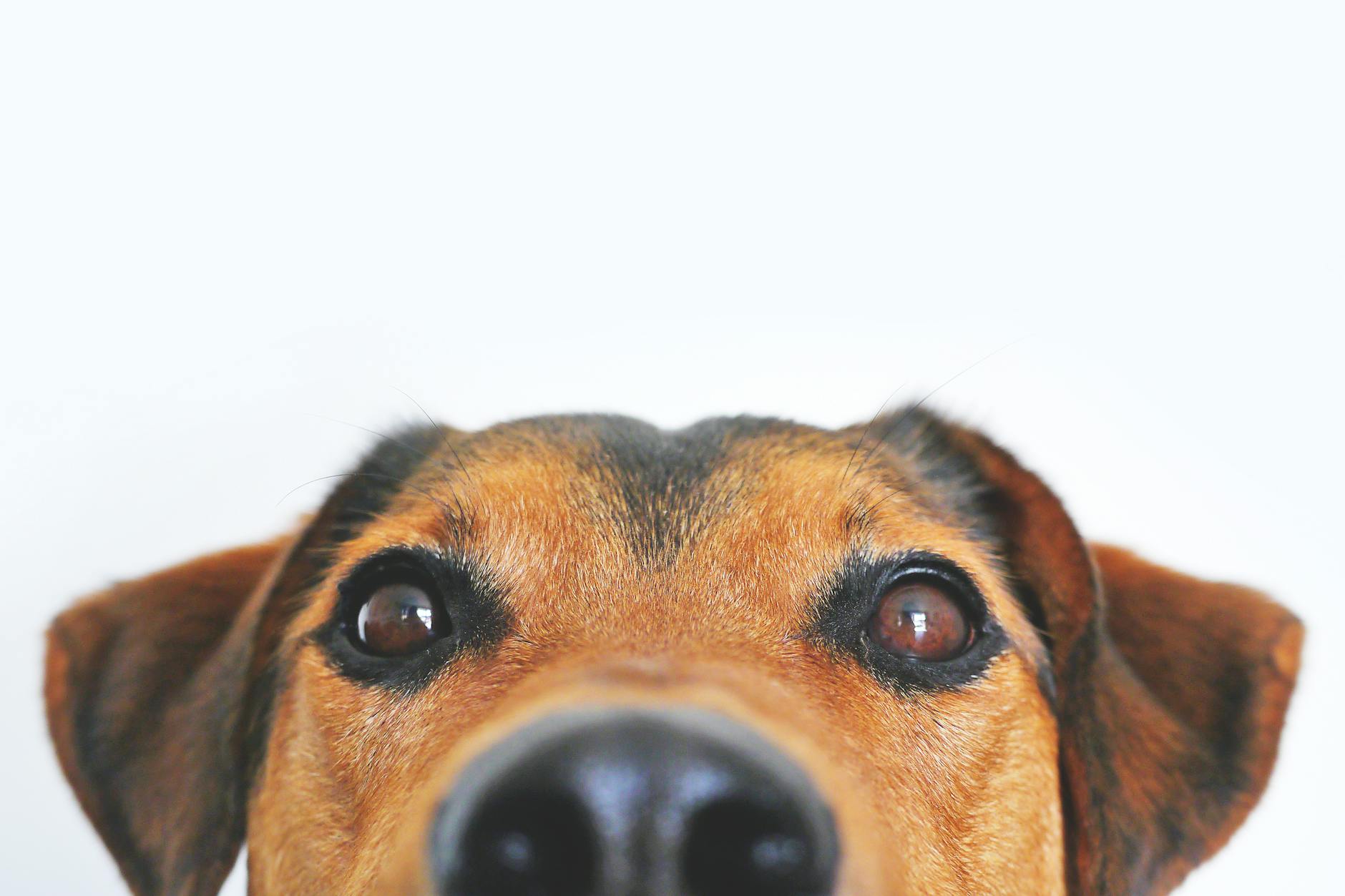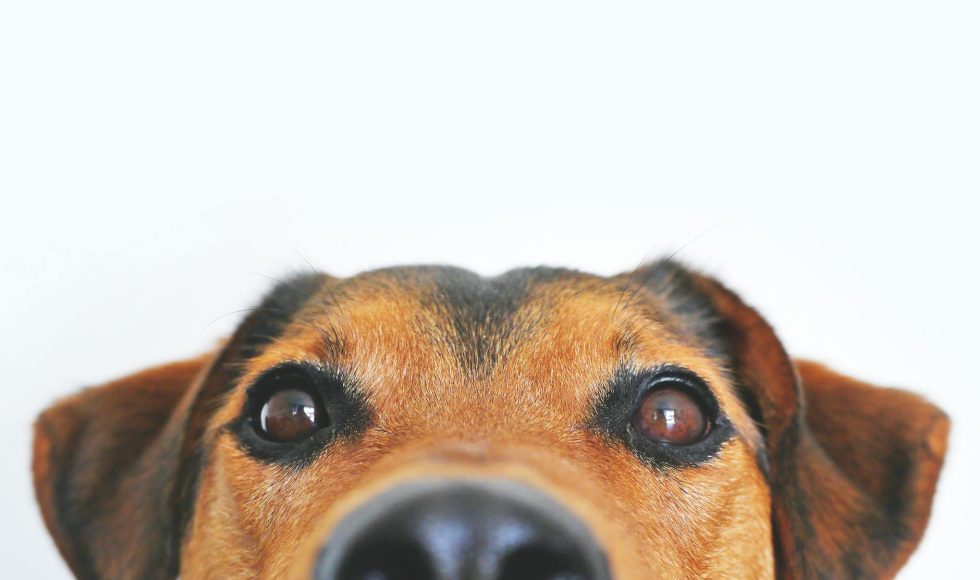I started watching London Calling 2019 sessions to learn about fungal genomics and assembly. Sara D’Andreano from the Autonomous University of Barcelona in Spain gave a “lightning talk” on “MinION application: performing long-fragment analysis on pure fungal cultures (3.5 kb and 6 kb) and genome analysis of Malassezia pachydermatis.” D’Andreano is a Ph.D. student working with fungal isolates. They decided to amplify a larger ITS region of ~3.5 kb and one of 6 kb. They used a mock community to test the taxonomic resolution at the species level of fungi. They sequenced using FLO-MIN 106 flow cells and a MinION Mk1B with libraries prepared with the PCR barcoding kit and Ligation Sequencing Kit. Next, they tried microbiological cultures and noticed issues detecting some fungi upon comparing a 3.5 kb and a 6 kb ITS region. Malassezia is a common yeast living on mammalian skin and may cause dog skin diseases such as atopic dermatitis and otitis externa. They used pure cultures of M. pachydermatis to confirm the sensitivity of the ITS amplicon sequencing. Using MinION sequencing, they noticed differences in M. pachydermatis and M. sympodialis. Affected skin showed more M. sympodialis and less M. pachydermatis. They concluded that the 6 kb ITS region was better for detecting fungi. D’Andreano wants to assemble the M. pachydermatis genome and clinical isolates. I am glad I watched this session. I did not know about fungi and dog skin!



